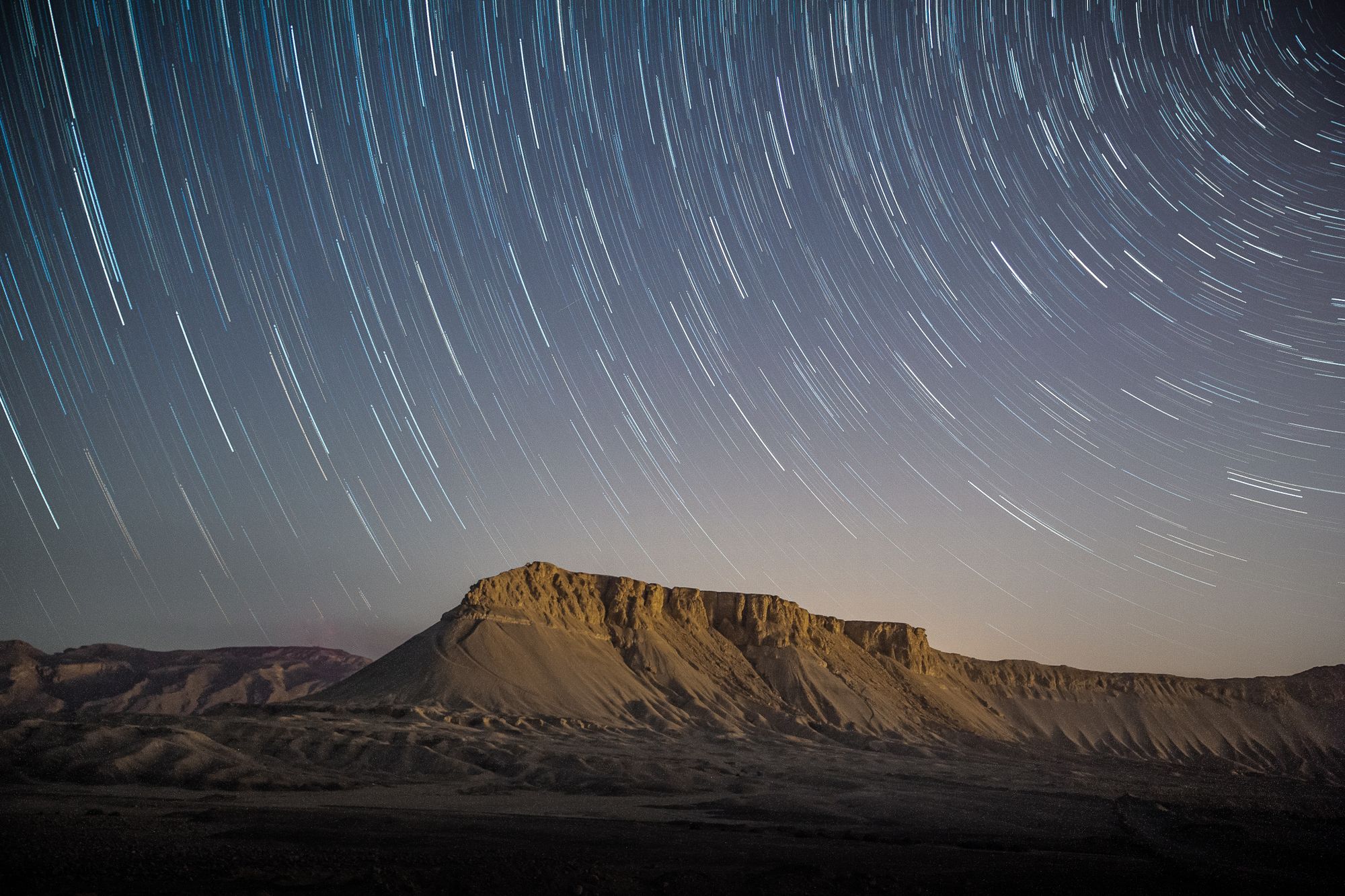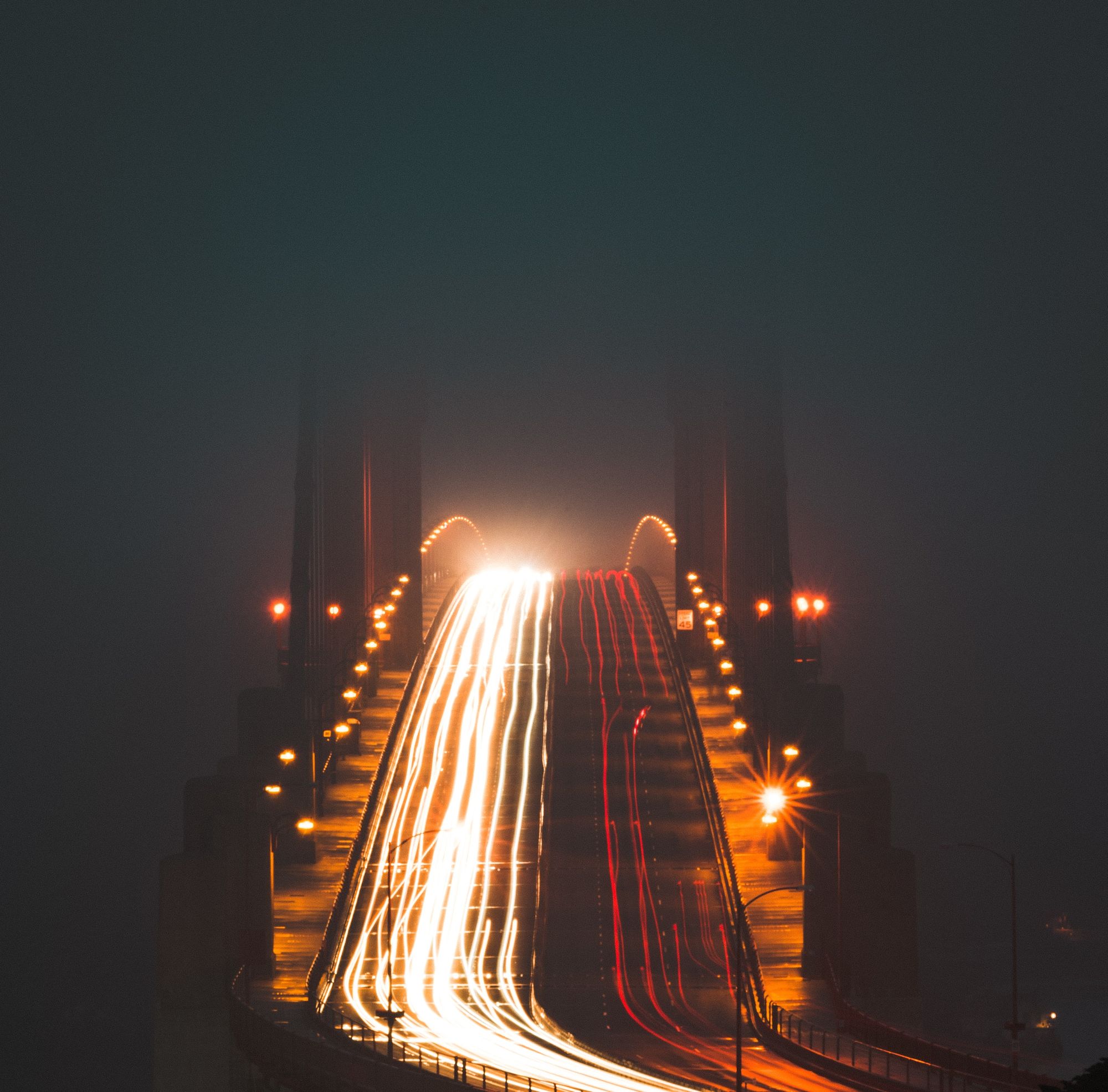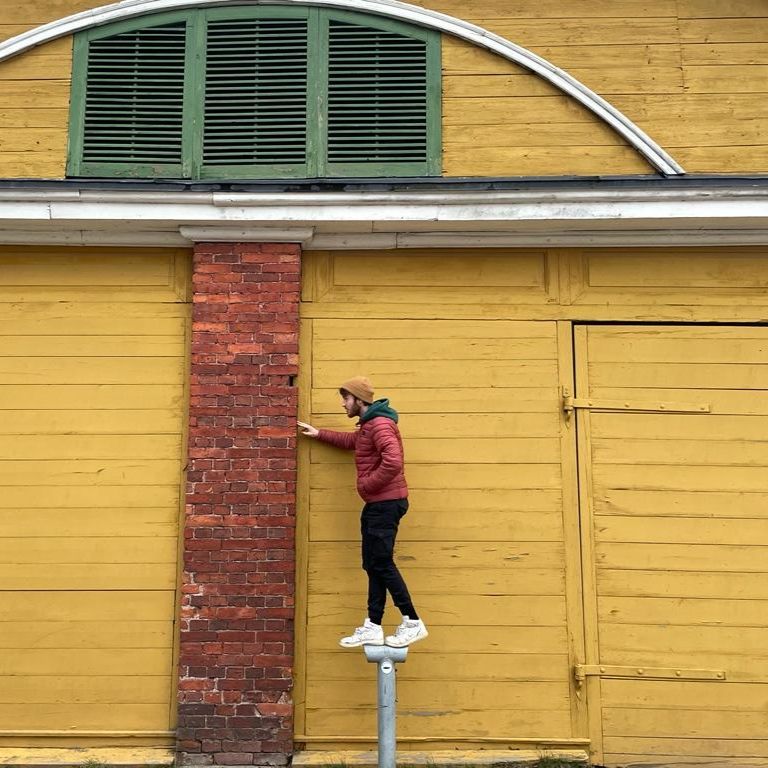Hyperlapse vs Timelapse – What’s the Difference?
Hire film gear from local filmmakers.

Hire film gear from local filmmakers.
Hyperlapse, Timelapse, … You have probably heard or seen these words before. Whether it was in an article, a tutorial, or on your favorite social network. We all have seen at least one picture of either of them.
But, what’s the difference? In this article, you are about to find out!
What is a timelapse?
You have seen timelapses before, whether it was in a series to show a fast transition between night and day or at the start of your favorite influencer’s vlog.
But, what is it exactly?
A timelapse, also known as time-lapse photography, is a photography technique in which still pictures are stitched together to create a video that warps time. When played, the time on the video appears to move faster, thus achieving this lapsing effect.
To create your own timelapse, you should put your camera in one still position, prevent it from moving, panning, or tilting, and record for an extended period. This time could range from 5 minutes to an hour, days, and sometimes even years. Then, when the footage is collected, you just need to speed it all up.
The reason why time-lapses are so prevalent in Vlogs and other media is that they truly are a nice visual effect to look at. Using this technique allows you to tell a story of the time passing by, people moving through space, etc.
Timelapse uses
Because it is such a beautiful visual effect, timelapse has very different uses, but it is mainly used to show:
- Landscapes like sunsets and sunrises
- Movement of people, cars, and transports
- Flowers blooming
- Constructions of buildings

What is hyperlapse?
On the other hand, we have what we call hyperlapses.
A hyperlapse is a filmmaking technique within time-lapse photography used to create motion shots, by recording videos, not taking pictures.
With the hyperlapse, the camera isn’t stuck to the same spot: it is on the move, usually being carried by the photographer.
The interval between the shots is slightly shorter than a timelapse, as it mainly varies from fractions of seconds to tens of seconds, depending on what you have in mind. But, like the timelapse, once you have chosen it, it has to stay consistent.
The main reason why hyperlapse is used is for its nice 3D effect. Whether the camera is attached to a car, or a tripod moving towards its subject, the hyperlapse created can give a dreamlike shot.
Also, this technique allows using long exposures to create beautiful shots with motion blur. Of course, the resulting image is usually stabilized in post-production, to remove some of the imperfections that could have found their way into the shot.
Hyperlapse uses
As the timelapse, a hyperlapse has many uses, such as showing:
- A landscape
- A tour around a city
- Commuting on the way to work
Timelapse vs hyperlapse: What differentiates them?
The main difference between the two techniques is the movement of the camera. With a timelapse, the camera is usually steady, fixed in the same spot. And with a hyperlapse, the camera is always on the move, giving your shot a 3D effect.
You might now be wondering when you should use either of the techniques. Well, the answer to this one is pretty simple: if your subject is moving, shoot a timelapse; and, if the camera is moving, shoot a hyperlapse.
Recording video for a hyperlapse can also fill up your storage pretty quickly. So, depending on how long you want to shoot, you might want to switch between the two techniques. If you are shooting for an extended period, a timelapse would be better.

Up next: Learn more about the filmmaking process
Now that you know the difference between the two techniques, take your camera, and take some of these wonderful shots!
Interested in learning more about the filmmaking process, and how this process can be used to elevate your timelapses shots? Be sure to check out our article about one of its crucial steps: post-production!
What is a hyperlapse vs timelapse?
A timelapse is pictures taken from the same spot stitched together to create a video, and a hyperlapse is videos or pictures taken from a moving camera, also stitched together to create a video.
Hyperlapse vs timelapse which is better?
Depends on what you want to shoot. If your subject moves, use a timelapse; if your camera moves (and your storage allows for it), use a hyperlapse.
What is hyperlapse used for?
It is used to shoot motion shots, usually with the camera wandering through streets, cities forests, parks, etc.
What is timelapse used for?
It is used to show and tell the story of passing time, movement of people or cars in streets, etc.























